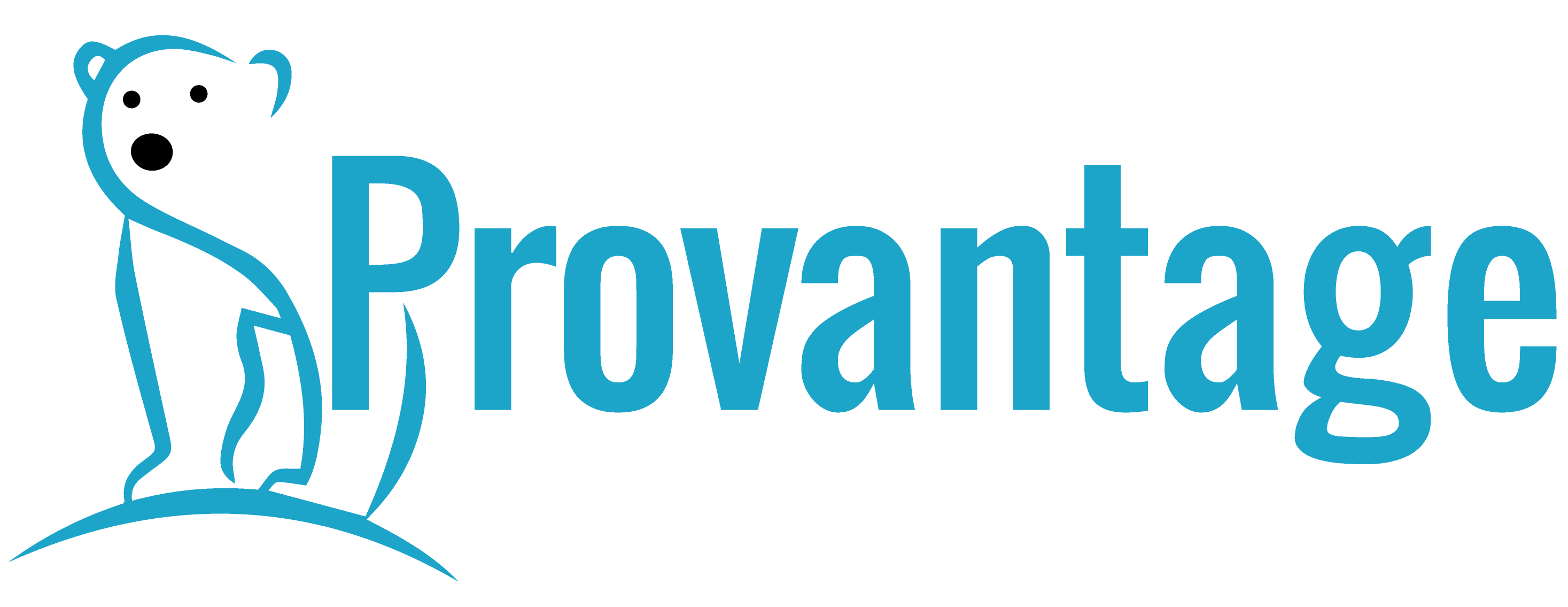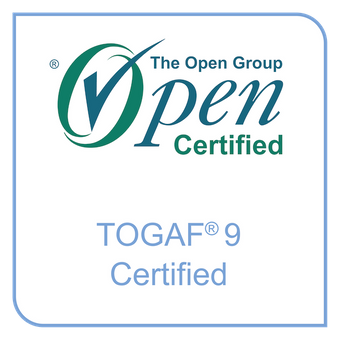Room Booking System
A manufacturing client needed to get to grips with the problem of managing meeting rooms. It’s an age-old problem, but we were determined to provide a first-class wolution.
The Brief
The client had remodelled it’s headquarters and tripled the number of meeting rooms. The current process of having an individual responsible for maintaining diaries for each room would quickly become overwhelming, and unscalable. One important need was for the system to be integrated with the calendar service and catering department. For some meeting rooms, there was the need for senior management and the board to be able to authorise some bookings, and be able to over ride meetings in the event of important events.
Diagnosis
We spoke to the people involved in keeping the diaries up to date, and they confirmed the process was taking up an inordinate amount of time. Since this wasn’t part of their day job, it was interfering with the proper role. They were constantly interrupted by people passing by and asking if a room is available for a quick meeting.
Solution
There appeared to be two major problems with the diary-based idea. Firstly, it wasn’t possible to accurately book a room. The person responsible could be away from their desk, in a meeting, or on the phone. Secondly it was the inconvenience. The act of booking a room took time and effort to locate the diary, then spend time searching for a suitable slot.
In fact the whole process was not fit for purpose. A tool was needed, one which could be integrated into email and calendars, as well as being able to be queried on an ad-hoc basis.
We did some further analysis on the latter and noted people would have a visitor, then wander by each room to see if its occupied. If it is empty, they would go in and occupy it until the next booked meeting attendants arrive. Looking at this fact, we considered this and discovered a supplier who could provide small touch screens for each meeting room. This screen would show the time of the next meeting, and if there was a sufficient gap, the ‘wandering attendees’ would know how long they have.
The next step was to look at the ownership side of rooms. The board room for example would be open for use, but could be over ridden by the board. Some other rooms such as on the development floor could be taken over at short notice if required by the development teams. This created a matrix, which could be loaded into the system.
Integration with the catering department for publishing menus and arranging deliveries took a little more work. We were keen to have a good reporting service and the flexibility to cater for varying food requirements, such as dairy free, coeliac, vegetarian, and so on, even a combination of all. The vendor provided additional software, which we integrated into the catering processes so they can provide menus.
The estates department provided up to date plans of each for us to incorporate into the solution. We could use cropped versions to provide an orientation aide for attendees. Each meeting room had been equipped with similar facilities such as an electronic whiteboard, scanner, telephone, Internet access, and HDMI connectivity for external presenters. These were all catalogued and incorporated into each room’s facility list.
Other add-on facilities, such as flip charts, laser pointers, and orthopaedic chairs, can be added and serviced by the facilities department.
When we rolled the system out, it revolutionised the way rooms were booked. Instead of calling people or looking for a diary, a meeting room can be invited along with the rest of the invitees, and the best time between them all chosen. A Wandering Attendee can see at a glance if a room is booked. We made a tweak to the system where a room could be booked using the screens outside a room. A user would tap their security badge on a reader, enter a PIN, then proceed to book the room.
Outcomes
Easy to use
We evaluated three systems and selected the one with the least steps to make a booking.
Integrated
With the booking system being integrated with the email service, catering processes, and facilities management call system, it became a one-click affair to book a room.
Expandable
We created a series of guides on how to add new rooms, facilities, and how it can be integrated with other systems.
Manageable
A single interface for the users and a process for the administrators made the service simple to administer and maintain.
Benefits
Time is money, and the saving of the ten minutes needed to book each meeting room is money saved.


